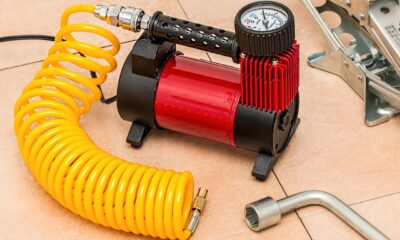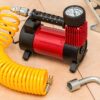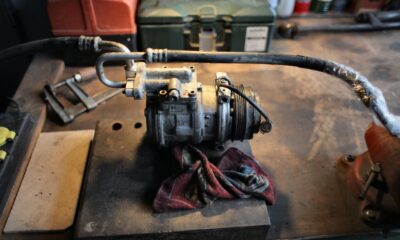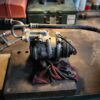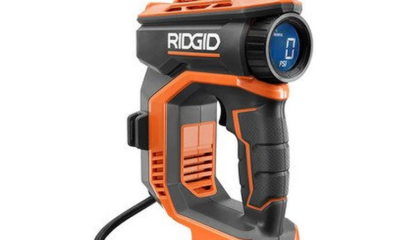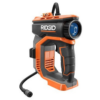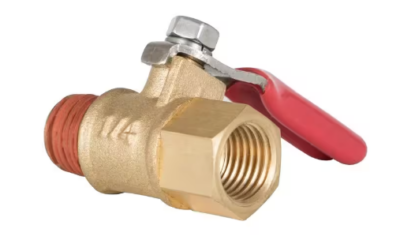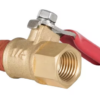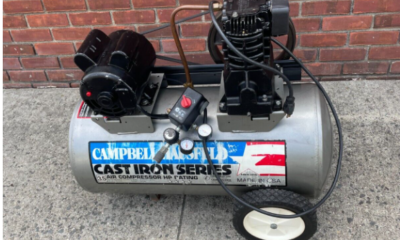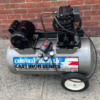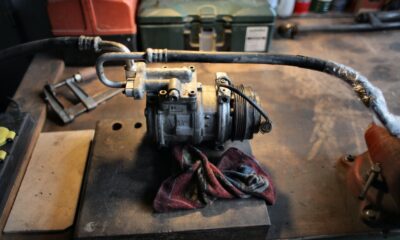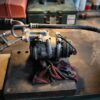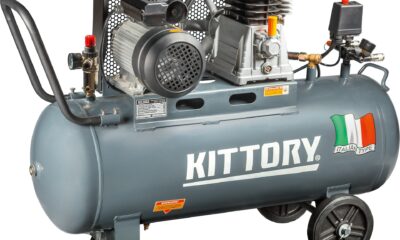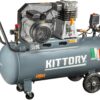Two terms frequently interchanged in pneumatic systems and applications are “air compressor” and “air pump”. These devices, though sounding similar, have distinct purposes. In this article, we delve into the main differences between them, illuminating their functions and uses.
Factors Affecting
Understanding Air Compressors
An air compressor is a mechanical apparatus that transforms power, typically from an electric or gas engine, into compressed air. This compressed air stored in a tank can then be harnessed to operate a myriad of tools and pneumatic systems.
Key Features of Air Compressors:
- Pressure Output: Generates high-pressure air, mostly in PSI, suitable for heavy-duty tasks.
- Storage Tank: Features a tank that stocks the compressed air for sustained supply.
- Versatility: Can drive a broad spectrum of pneumatic tools like nail guns and spray guns.
- Duty Cycle: Specifies how long they can run continuously without needing a break.
Exploring Air Pumps
An air pump is geared towards moving air from one location to another without storing it. It’s predominantly utilized for inflating items like tires, sports balls, and air mattresses.
Key Features of Air Pumps:
- Air Movement: Centred around transferring air rather than producing high pressures.
- Portability: Generally compact, lightweight, and easy to transport.
- Inflation Accessories: Equipped with various nozzles to cater to diverse inflation needs.
- User-Friendly: Simple to use with minimalistic setup requirements.
Air Compressor and Air Pump: Their Working
Operating Method
While both devices move air, their operating processes differ. Air pumps transfer gases and liquids, while air compressors focus only on gases. Air compressors condense the gas’s volume to facilitate its transfer, a feature not commonly found in pumps.
Structure
Air compressors encompass components like a motor, intake filter, and storage tanks. Conversely, air pumps, which use a piston to push air, are more simplistic in design.
Application
Air pumps are versatile, from manufacturing plants to domestic uses like inflating balloons or bike tires. In contrast, air compressors are vital in spray painting, pneumatic devices, and also for inflating car tires.
Maintenance
Compared to the minimal maintenance of air pumps, air compressors require more attention, especially those powered by gas or electricity.
Output Capacity
Air compressors generally offer higher pressure outputs, with some going up to 200 PSI, whereas air pumps provide a lower pressure suitable for inflation tasks.
Cost
Due to their complexity, air compressors are notably pricier than air pumps.
Which One to Buy: Air Pump vs Air Compressor?
Your choice hinges on your specific needs. For basic inflation tasks like inflating tires or balloons, an air pump suffices. However, for tasks demanding high-pressure air, like operating power tools or spray painting, an air compressor is indispensable.
Frequently Asked Questions
1. Can I use an air compressor as an air pump?
Yes, air compressors can inflate items similarly to air pumps but offer the added benefit of powering pneumatic tools due to their high pressure. They are pivotal in the automobile industry and can be used in tools and devices like spray painters.
2. Why is a compressor used instead of a pump?
While both transfer heat or work in chemical engineering, pumps handle fluid flow, and compressors increase air pressure. Essentially, a pump moves fluids, and a compressor, primarily designed to boost pressure within a system, converts mechanical energy into kinetic energy that subsequently turns to heat.
Conclusion
Despite the similarities, air pumps and air compressors have distinct operational methods, costs, and suitable applications. Whether you’re inflating a pool toy or operating a pneumatic tool, understanding their differences ensures you make an informed choice.













